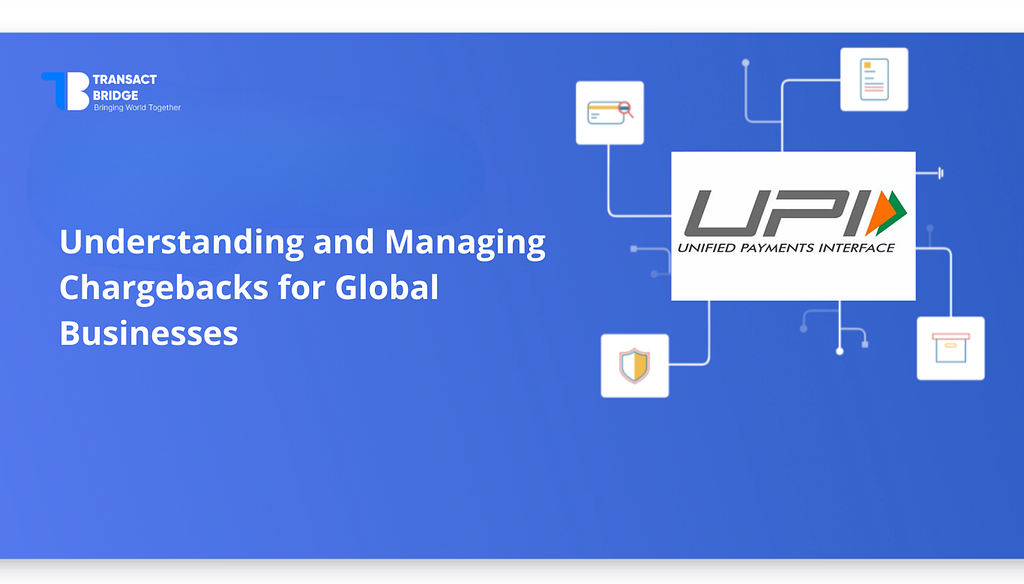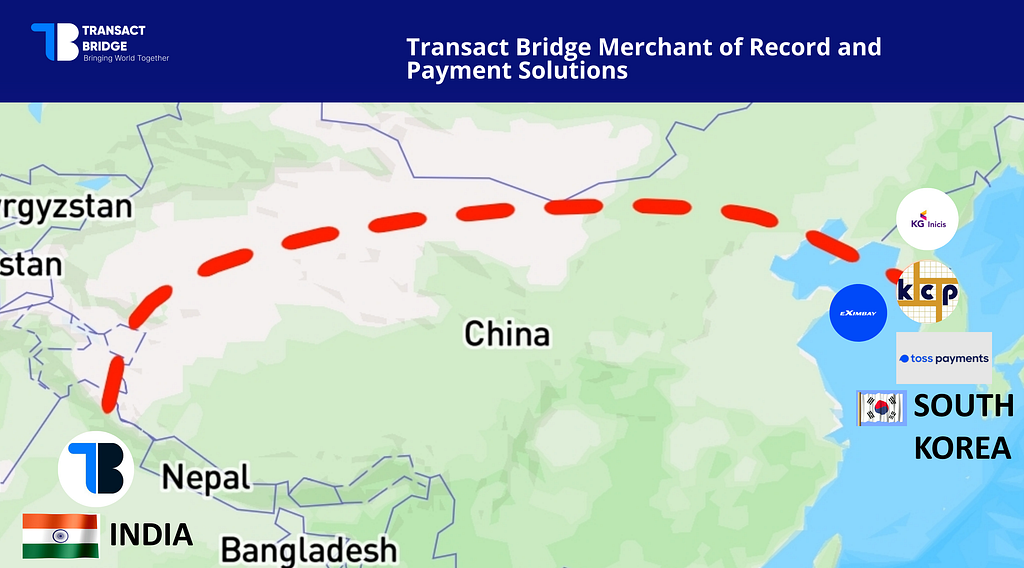
UPI Payment Options for US-Based Companies Ready to Scale
Published on: Fri 06-Jun-2025 08:51 AM

India is now the world’s largest digital payment ecosystem—and the Unified Payments Interface (UPI) is the heart of it. In 2024 alone, UPI processed more than 100 billion transactions, accounting for over 83% of all digital payments in India. With over 500 million users, UPI is no longer just a domestic marvel—it’s a global force. For US-based digital businesses, SaaS platforms, gaming companies, content creators, and app-based services, tapping into India without UPI is like trying to sell in the US without accepting credit cards.
Yet, accessing UPI isn’t straightforward for global companies. Regulatory complexities, limited infrastructure, recurring payment hurdles, and tax laws stand in the way.
This guide breaks down everything US-based companies need to know about UPI payment options in India—and how to overcome every challenge using the right strategy.
Why UPI Is Non-Negotiable for India
Market Dominance: UPI controls 80%+ of India's digital payment market.
Consumer Behavior: Indian users overwhelmingly prefer UPI, wallets, and RuPay cards over international cards.
Low Card Penetration: Less than 0.5% of Tier 2/Tier 3 city users own credit cards.
Young, Mobile-First Demographic: India’s Gen Z and millennial users prefer fast, seamless payments like UPI for gaming, content, OTT, and in-app purchases.
Challenges US Companies Face Accepting UPI
No Access via Stripe, PayPal, Adyen, and Paddle: Most international processors don’t support UPI.
Tokenization Compliance: New RBI rules complicate card-based recurring billing.
Failed Transactions: Most global cards are blocked; refunds are hard to process.
Regulatory Risks: Violating local KYC, GST, or data laws can mean penalties or delisting.
Recurring Payment Barriers: RBI mandates explicit user authentication; recurring card payments often fail.
Strategic Paths for UPI Integration
Setting Up an Indian Entity
Pros: Full control
Cons: High setup cost, complex taxation, slow onboarding
Using Local Payment Gateways
Pros: Direct UPI support
Cons: Needs Indian company setup and local tax handling
Relying on Global Acquirers (Stripe, etc.)
Pros: Easy integration
Cons: Doesn’t support UPI or Indian wallets; low acceptance rates
Merchant of Record (MoR) Model – The Best Route for Most US Companies
Pros:
No local entity required
Handles UPI, wallets, RuPay, AutoPay
Takes care of GST, TDS, FEMA
Smooth fund repatriation
Reduced chargebacks and fraud liability
Best suited for digital platforms, creators, gaming apps, subscriptions, top-ups
How Transact Bridge Solves the UPI Problem for US Businesses
Transact Bridge is a Merchant of Record solution designed to enable US-based companies to accept all Indian payment methods without any legal or tax setup in India.
Key Benefits:
Accept UPI, wallets (PhonePe, Paytm), netbanking, local cards
Full support for recurring payments via UPI AutoPay
No need for local Indian business entity
Compliant with RBI, GST, TDS, FEMA, and more
Works with 10+ local acquirers to prevent downtime
Smart routing engine for 99%+ transaction success rate
Automated invoicing with GST compliance
Dedicated webshops for India if you don’t want to integrate
Chargeback and fraud dispute management
Fully RBI-cleared, fast fund repatriation
Real Use Cases
- Gaming Platform
Problem: Teen users without credit cards; high drop-off at checkout
Solution: Enable UPI & wallets with Transact Bridge
Result: 3X increase in successful transactions - Streaming Service
Problem: Subscription renewal failures
Solution: UPI AutoPay with local tax compliance
Result: 50% reduction in churn - Digital Product Store
Problem: Repatriation delays and tax penalties
Solution: Transact Bridge handles all RBI paperwork and invoices
Result: 20% faster fund settlements
FAQ
Q1: Can US companies accept UPI payments directly?
No, unless they set up a registered Indian entity or use a MoR provider like Transact Bridge.
Q2: Why don't Stripe or PayPal support UPI for India?
Due to local compliance requirements, most global acquirers don’t support India’s domestic-only rails like UPI or RuPay.
Q3: What is the easiest way to start accepting UPI in India?
Use a Merchant of Record platform like Transact Bridge that enables instant access to local payments and ensures full compliance.
Q4: Is it legal for US companies to sell in India using UPI?
Yes—if they comply with Indian tax, RBI, and data rules. Transact Bridge handles this on your behalf.
Q5: Can I use UPI for recurring payments?
Yes, via UPI AutoPay, which is supported by Transact Bridge.
Conclusion: Enter India the Smart Way
India is a billion-user market. UPI is the standard. If you're a US company selling subscriptions, digital goods, or in-app content, UPI is not optional—it's foundational.
Transact Bridge is the fastest, simplest, and most compliant way to enter India, accept UPI, and scale without risk.
Ready to unlock UPI payments in India? Visit www.transactbridge.com to get started.












